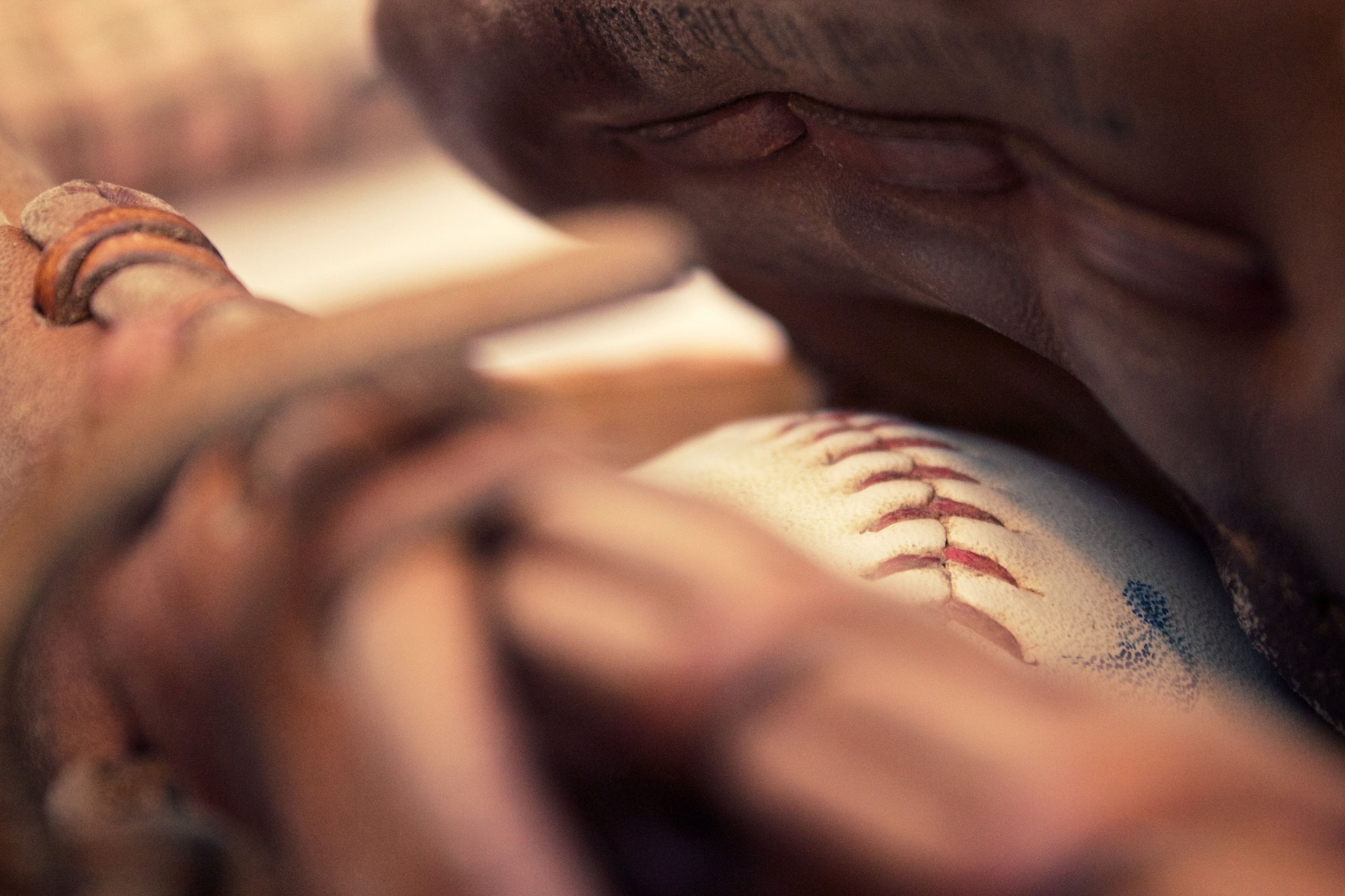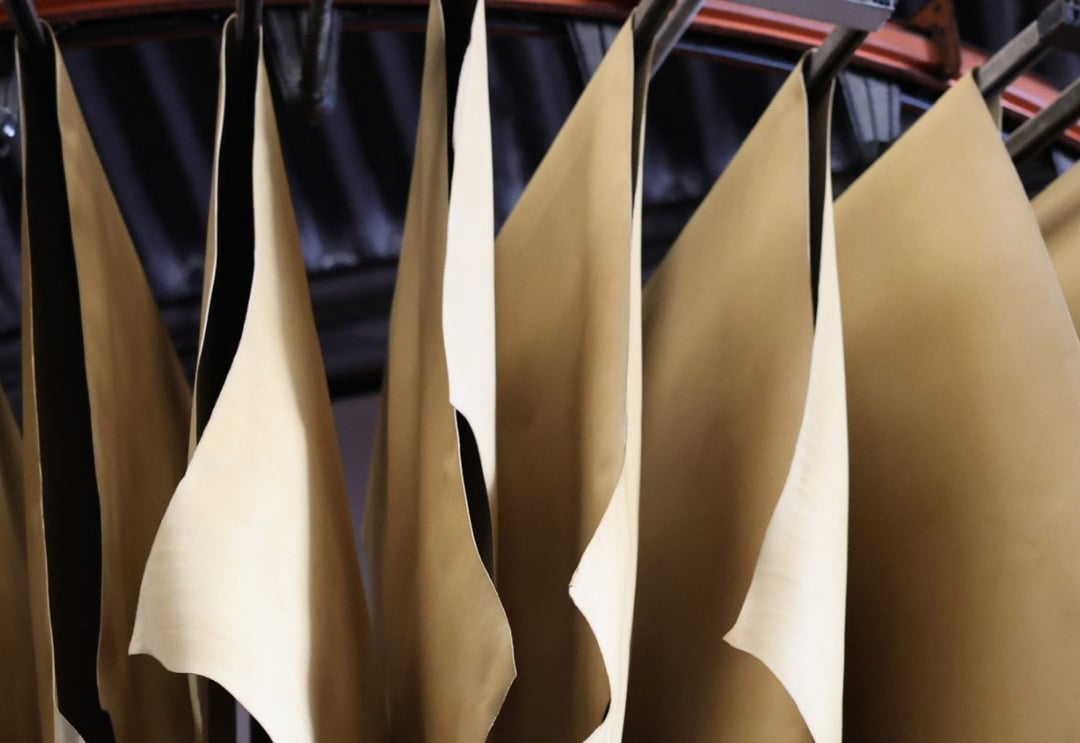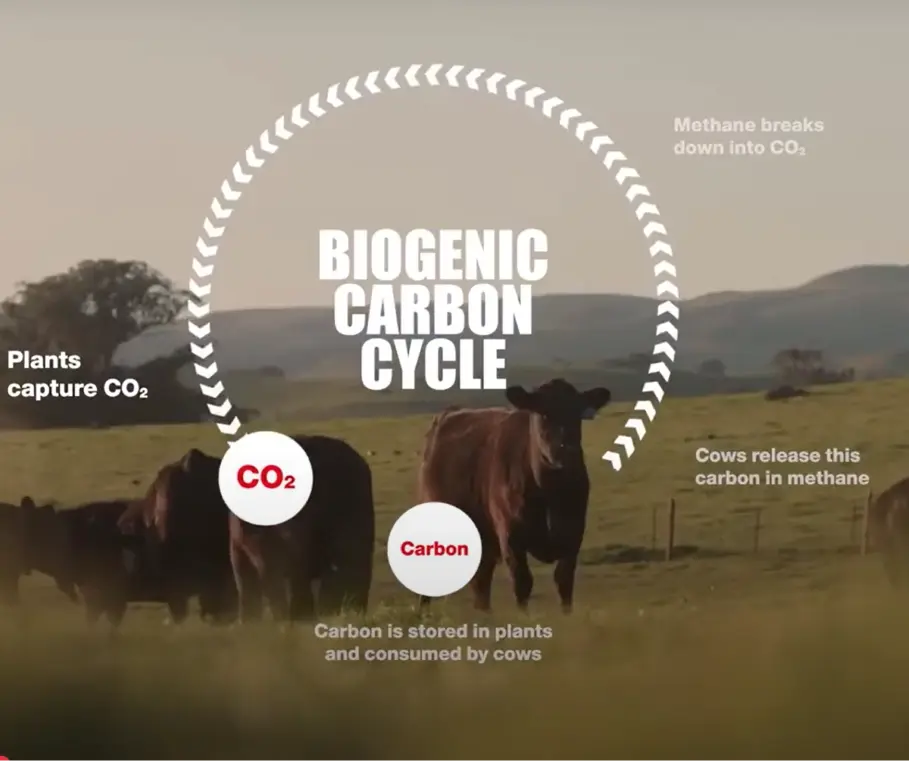Leather in Pop Culture
Charlie Chaplin’s famous “lucky leather boots” were an iconic part of his Tramp costume.
The Leather & Hide Council of America represents the entire US leather and hide sector. We are a powerful voice for packers, processors, tanners, traders, manufacturers, brokers, tanning chemistry producers, luxury fashion, brands and retail.
Exports account for 95% of all US leather and hide use, making us a top supplier in the global industry, as we have been for more than 150 years. We are recognized worldwide as the gold standard, thanks to our quality, consistency and reliable supply. American hides come from a full spectrum of origins throughout the States, ranging from major hide suppliers to small, family-owned ranches and regenerative farms.
The LHCA provides leadership through national and international policy engagement, multinational collaborations, global marketing campaigns, education, training and research. We fight for the interests of our members and stakeholders and, working together, ensure the US remains the industry leader.


LHCA is a full-service trade association, providing our members with government, public relations, international trade assistance and export development support. We promote quality US leather at home and abroad. Connecting buyers and sellers, we work across the supply chain to strengthen current markets and create new ones.
LHCA works with partners around the world to expand US presence. We advocate on behalf of our members and represent them at trade shows and on trade missions. In addition to boosting trade we also supply industry intelligence and conduct research in collaboration with scientists at our Leather Research Laboratory in Cincinnati, the only academic based center of excellence dedicated to leather testing in the US. And we remind the world, again and again, that leather is an incredibly sustainable material.
27-28 October 2025
Taipei 101, Taipei, Taiwan
12-14 March 2026
Hong Kong Convention & Exhibition Centre, Hong Kong, S.A.R.
1-3 September 2026
Shanghai New International Expo Centre, Shanghai, China
Leather is the oldest clothing and footwear material that we know. Since the Palaeolithic era, some 400,000 years ago, animal hides have been used by humans for protection and shelter. American leather has been prized the world over since the beginning of international trade. It is durable, elegant, comfortable, practical and repurposes the waste hides from the meat and dairy industries which feed more than six billion people around the world.
Choosing US leather means avoiding the use of synthetics. It helps fashion and footwear brands move away from fossil-fuel-derived materials.


Charlie Chaplin’s famous “lucky leather boots” were an iconic part of his Tramp costume.
.png)
Kering and Shanghai Fashion Week Join Forces to Champion Next-Gen Chinese Talent

Gen X is Quietly Dominating Luxury. How to Approach Them?
US cattle production expands rapidly and with it the raw hide trade. American tanneries gain a reputation for large, consistent shipments — particularly of vegetable-tanned leathers for boots, harnesses and industrial use. United States Leather Company becomes a founding member of the Dow Jones Industrial Average in 1896.
Chrome tanning becomes commercially viable revolutionizing leather production with faster processing and improved softness. Leather is widely used in early automobiles and is a symbol of wealth and prestige. In racing leather is about functionality and performance. It is also critical in mass production, which emerges with Ford’s Model T, where US leather is valued for durability and availability. Exports grow steadily.
The US becomes the world’s most reliable supplier of raw hides and semi-processed leather as a result of mechanization, modern quality standards and an unmatched cattle industry. By the 1960s, exports reach Europe, Japan and South America in high volumes.
Asia’s manufacturing boom creates a huge demand for US hides, while tanning and finishing increasingly move offshore. U.S. hides remain the gold standard for uniform quality and traceability, with the US the number one exporter, year after year.
American icons from Madonna to Brad Pitt to Taylor Swift cement leather in pop culture, making it both edgy and mainstream. Europe remains a main importer and leather handbags from brands including Prada, Coach and Louis Vuitton become must-have luxury accessories.
China, Mexico, Vietnam, Italy, South Korea, Thailand and Brazil are the top importers. The reputation for quality, volume and consistency keeps US in the top tier of global suppliers. Two of America’s oldest industry associations est in 1917 and 1979 merge, in 2020 the Leather & Hide Council of America is born.

At the heart of the hide and leather business is a powerful act of repurposing. Transforming the unavoidable byproduct of the beef and dairy industries into sofas, jackets, shoes, and car seats means reducing the demand for substitute materials. This also helps protect our planet by significantly cutting down the environmental costs of disposal by landfill or incineration.
To continue this, we must address challenges across the supply chain, informing consumers and manufacturers alike how to secure leather produced to the very highest environmental standards, confront misinformation, and educate about the environmental benefits and ethical value of leather production.
The US government's environmental regulations and stringent animal care standards are among the best in the world. They are fundamental to our members and their operations and provide a framework for the sale, preparation and distribution of American hides, instilling confidence that they originate from operations that set the global standard in ESG and in technology, systems and operational innovation.


We work with global and regional groups to help shape policy and regulations. This includes the International Tanners Council, The Confederation of National Associations of Tanners and Dressers of the European Community, and the African Leather and Leather Products Institute. Other partners include certification bodies such as the Sustainable Leather Foundation and the Leather Working Group and foreign country counterparts, as well the USDA, academic institutions and global sustainability forums,
To advocate effectively we must use verifiable facts and data. Our communications are always based on rigorous research, transparent data and credible scientific findings. We do this by using our Life Cycle Assessment (LCA), by highlighting transparency and sourcing data, with the help of our Leather Research Laboratory, by engaging with academics and by offering readily available US industry data.
By evidence-based communication we foster informed discussions, counter misinformation and ensure that policy decisions and consumer choices are based on a comprehensive and accurate understanding of leather's properties, production methods and significant contribution to a more sustainable world – in fashion and far beyond.


We also work to shape future generations. Over the last five years, our Real Leather. Stay Different. International Student Design Competitions has educated hundreds of thousands of young designers and fashion lovers about leather, its beauty and benefits.
The competition, requiring designers to use at least 50% leather, draws judges from major houses including Hugo Boss to key media including Wonderland and Harper's Bazaar to leading celebrity stylists - and has seen winners take up posts with leading designers including Christian Louboutin, Dior, Louis Vuitton and Loewe.
